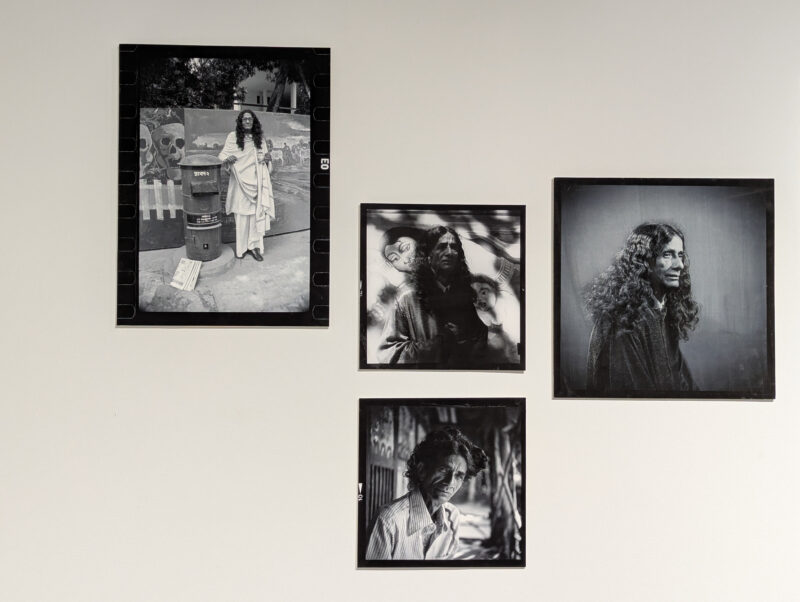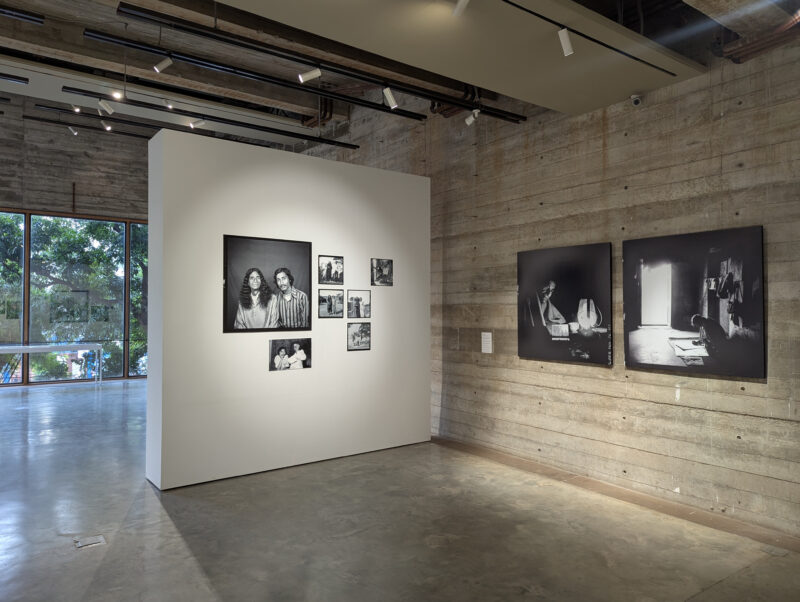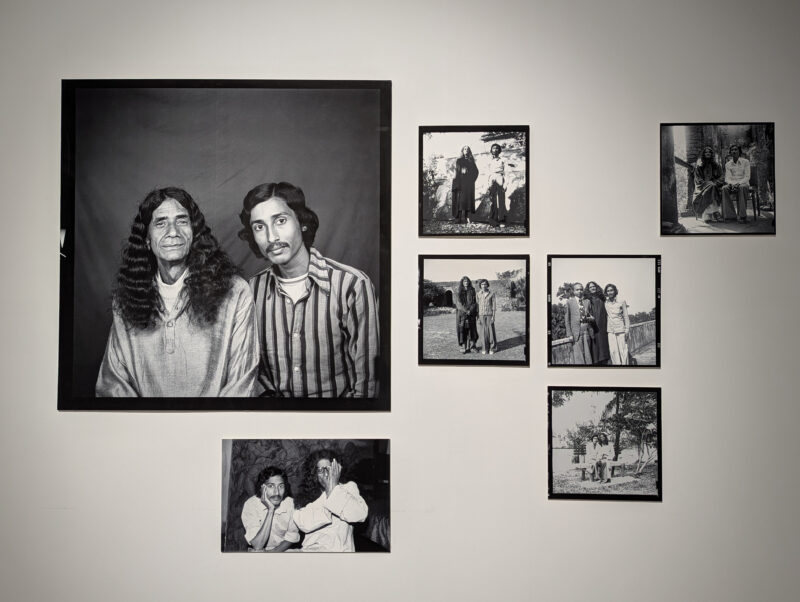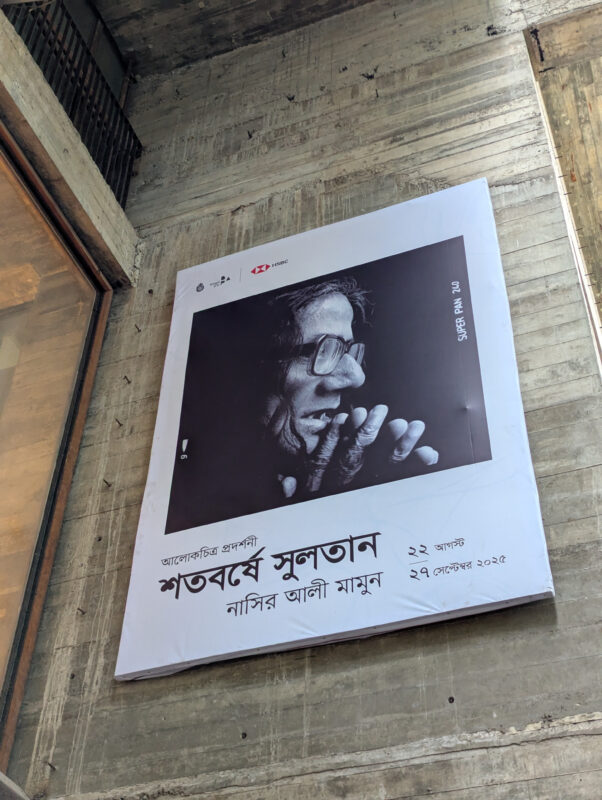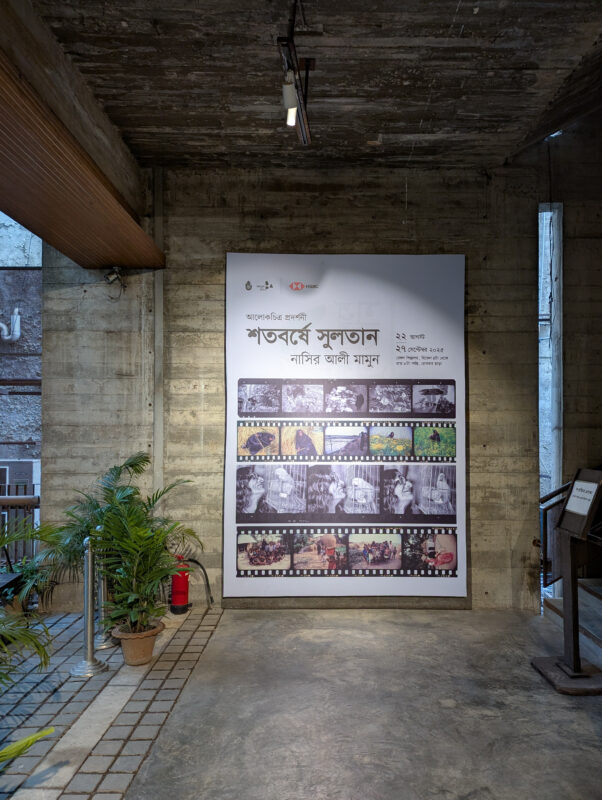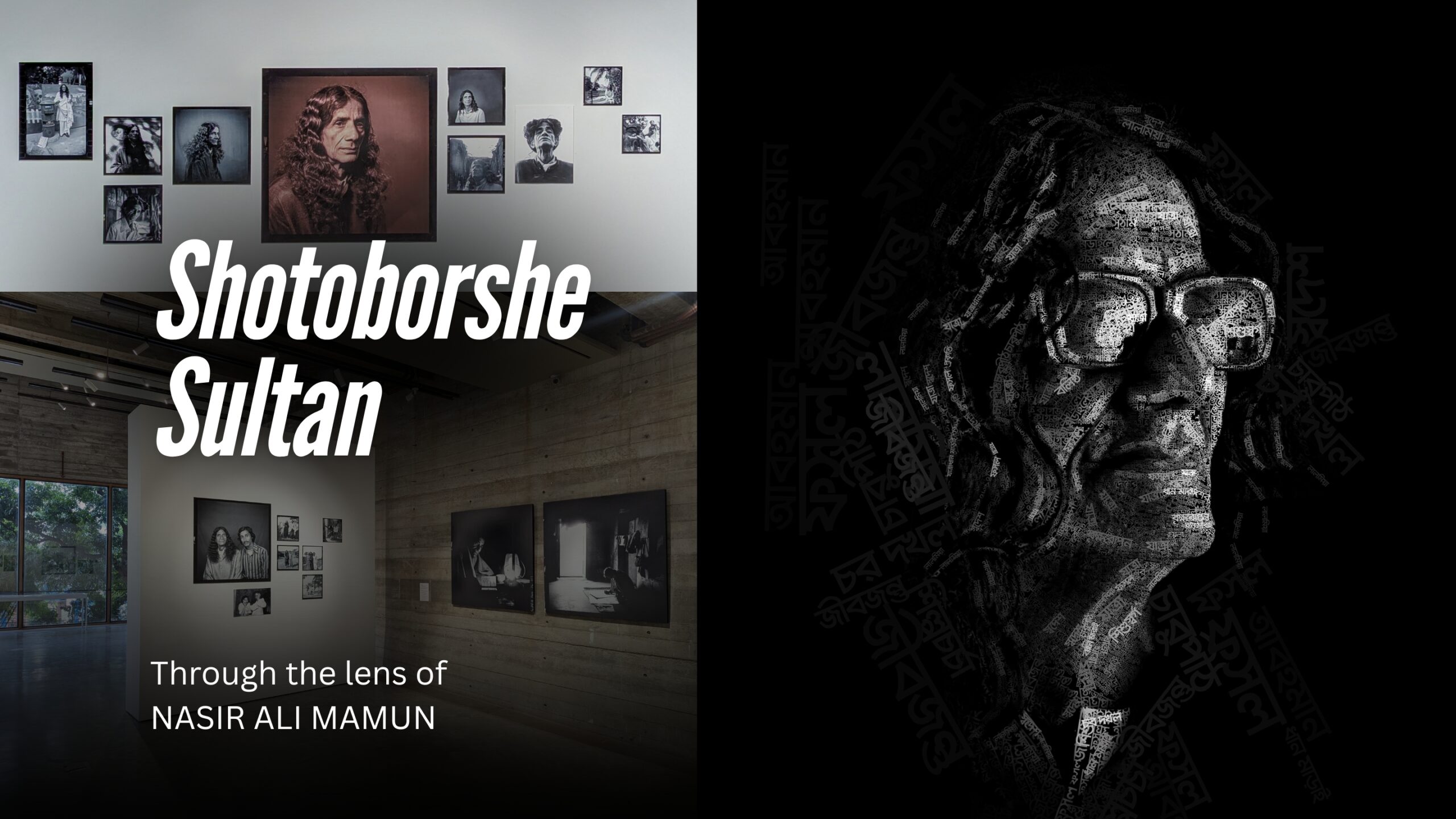
For a long time, Nasir Ali Mamun, who slowly catapulted portrait photography in Bangladesh, photographed S. M. Sultan, one of the finest artistic minds from this soil.
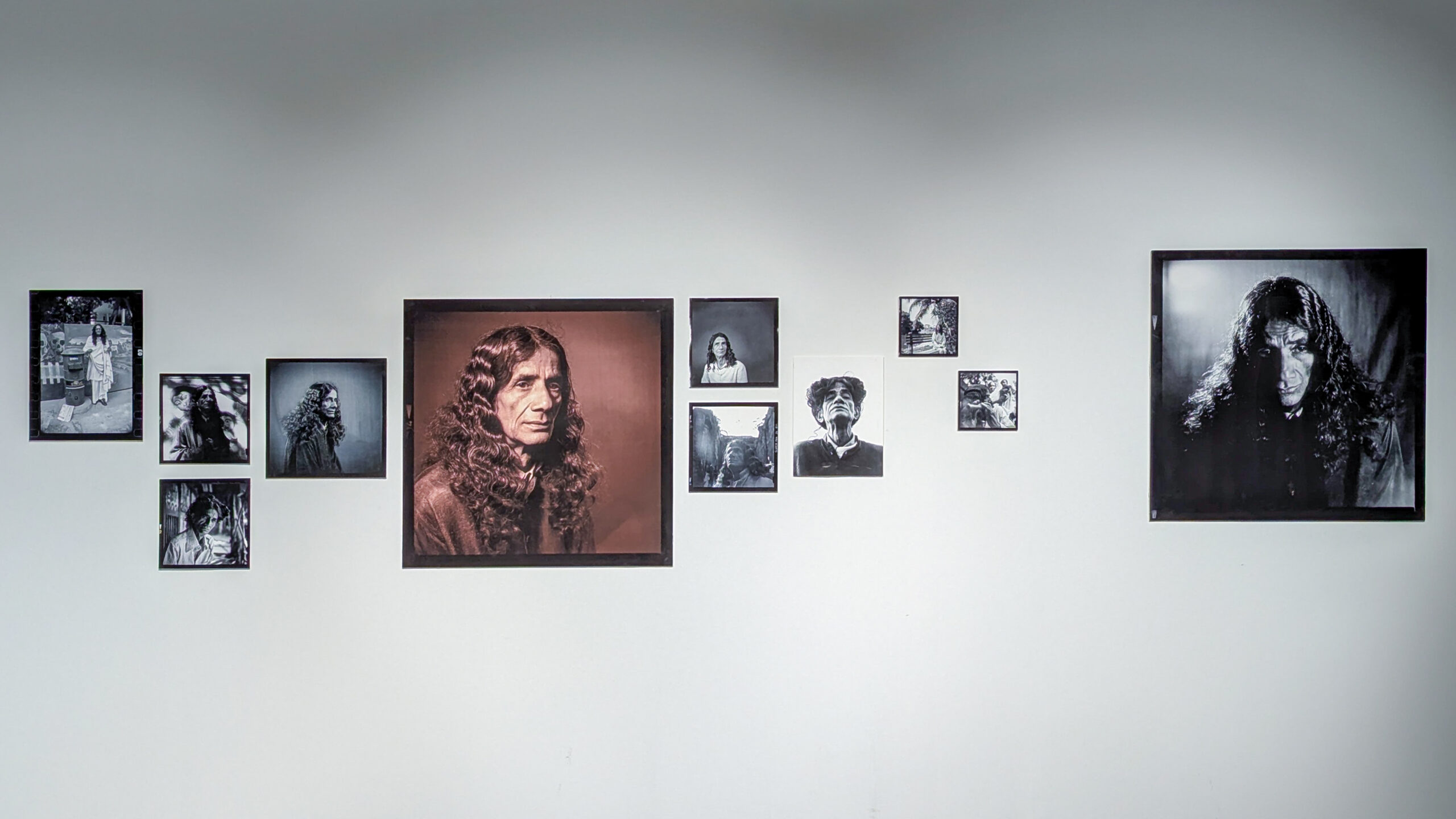
To honor the centennial of the legendary S. M. Sultan (1924-1994), the Bengal Foundation, in collaboration with HSBC Bangladesh, presents “Shotoborshe Sultan,” a unique photographic exhibition by Nasir Ali Mamun. The exhibition began on Friday, August 22, 2025, at 6:00 PM, in the Quamrul Hassan show hall, Bengal Shilpalay, Dhaka, and would run every day (excluding Sundays) from 4:00 to 8:00 PM till September 27, 2025. The show features rare images of S. M. Sultan by Mamun, as well as original negatives, handwritten letters, and souvenirs, many of which are being displayed for the first time in public, presenting an intimate visual journey from Sultan’s rural home in Narail until his latter years.
Portraits of artists are merely portraits of individuals; they are also historical landscapes. What Mamun began decades ago as a photographic testament to a single person is now unfolding as part of a centennial constellation in which Sultan’s photographs, letters, and pieces of existence are made visible again.
Sultan’s paintings are counter-historical. He gave peasants colossal stature, men and women with torsos whose muscles bore the silt of millennia. In his works, the agrarian body is not a scenic or colonial decoration, but rather the reality of subsistence. It is a subaltern vision turned myth: peasants are the measure of Bangladesh itself. Seeing them on his painting reminds us that history belongs not only to the financially privileged class but also to people who tilled, carried, and endured.
But what does it mean to shoot the man who immortalized others and created counter-histories? The answer, I believe, is to reintegrate him into the life-world he exalted. This is exactly what Mamun did. His black-and-white photographs of Sultan do not elevate him to the artist’s abstract figure status. They instill in him the texture of daily austerity.
Beyond the artist at work, the studio, and the brush, there are subtleties that encompass Sultan sitting on a mat in a broken zamindar’s house (where he lived), painting in the light that spills in through an open door, eating with cats as companions, bent under the weak flame of a hurricane lamp, the shadow of a child at the door, the cat staring as he eats, and the cracked floor that bears his weight. These elements make it impossible for Sultan to be just classified as an eccentric artist.
Thus, Mamun’s photographs of Sultan are not just photographic intrusions into his private life. They reject glamor. They reject transforming Sultan into a star divorced from the reality he lived in. Instead, they depict him in frail light, in humble space, and in the rhythms of daily life, and much would have been lost if these images had not existed. Without Mamun, Sultan would only exist as a myth, with his huge peasants in museums and his name perpetuated in art history. But the eccentric man himself would vanish into rumor. These pictures resist the erasing. They claim the artist was here.



